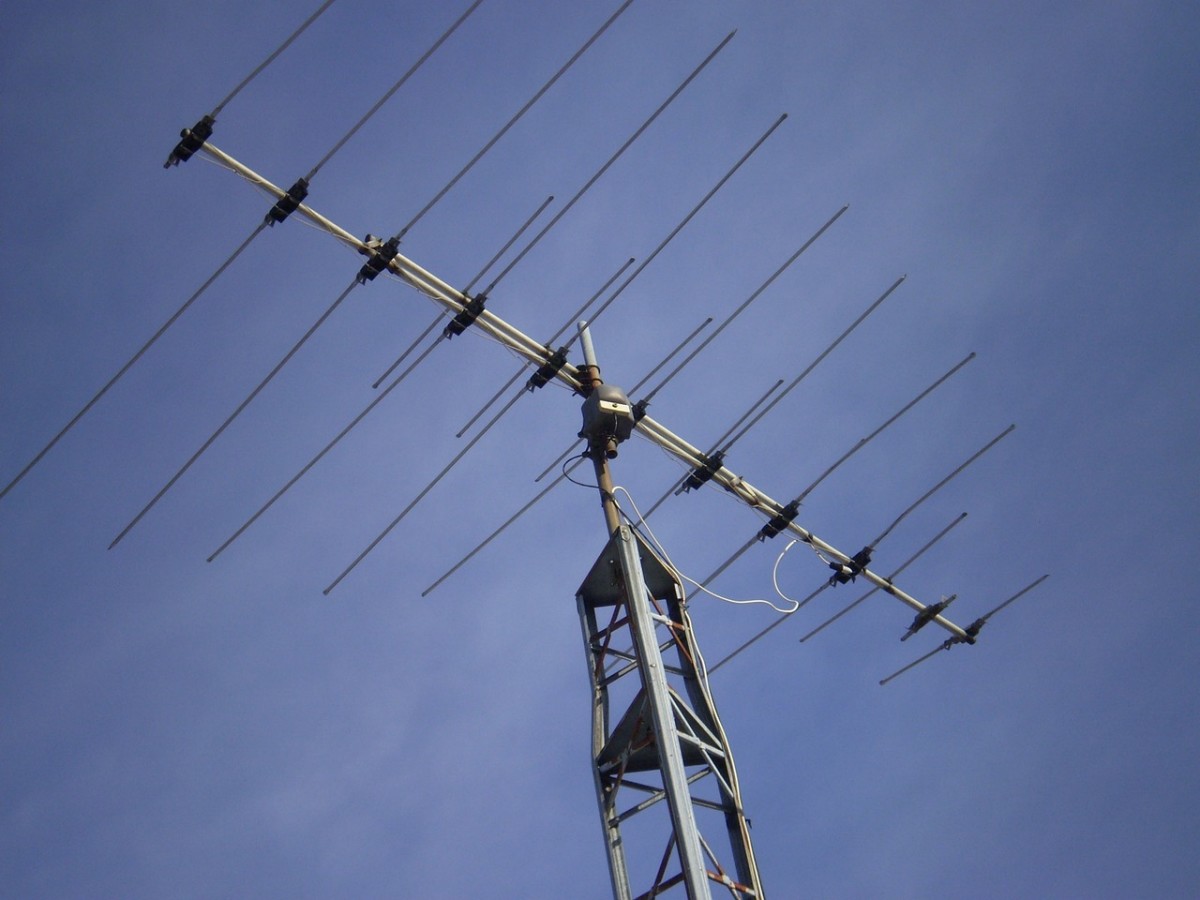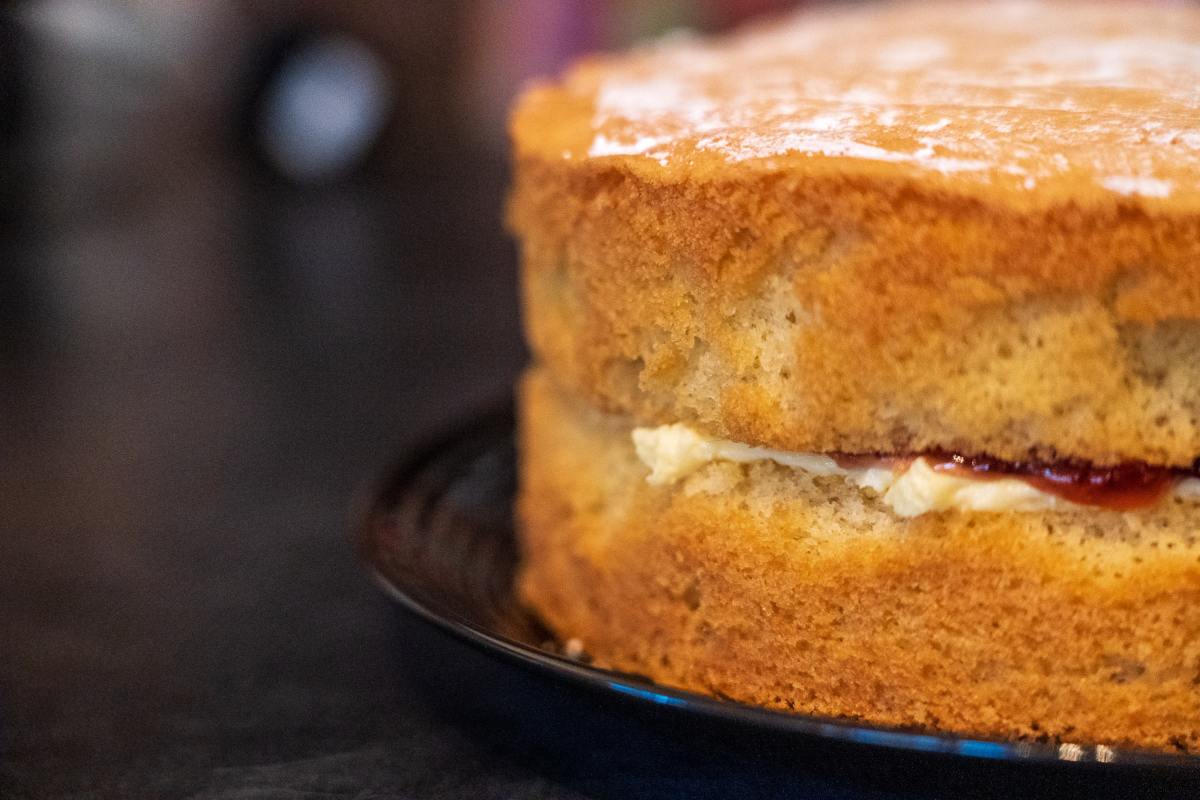What is the Difference Between a Rock Tumbler and a Barrelling Machine?
Depending on your hobby/interests, you may have heard of both a rock tumbling machine and a metal barrelling machine.
You may also be confused about the difference.
One tumbles metals, the other rocks or pebbles, but they are basically the same machine.
I, myself, was confused over the difference between the two, especially when a search for either brings up web results that look remarkably similar.
They are actually both just search terms for the same machine.
A rock tumbler and a barrelling machine is one and the same.
But there are some differences.
Not in the machine, but in the media used to grind down, smooth and polish both metals and rocks.
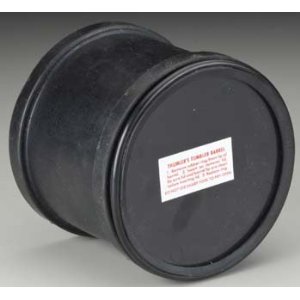
Types of Barrels for rock tumblers
- Plastic - this is the cheapest and most commonly-sold type. You can use it for both the cleaning of metals, or for rocks/pebbles. The big disadvantage with plastic barrels is noise. Buy this type if you have an outhouse or basement where you can run it without disturbing your own family/neighbours.
- Rubber - rubber barrels are great. I have one. It operates quietly, and can be used indoors without causing noise pollution. The lid is simplicity itself to fit back on, after checking your work in progress. It is also about three times more expensive than plastic barrels.
- Plastic and metal - there are still plastic and metal barrels available, but they are less popular these days. The metal is usually in the form of a wing nut to secure the lid. The barrel is plastic, which does the job perfectly well, but suffers from noise nuisance.
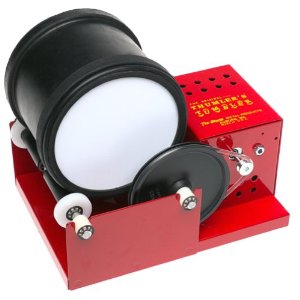
Rock tumblers at Amazon
So what is the difference between a rock tumbler and a barrelling machine?
None, except the media used.
To clean metals, you need to use a certain media that is added to the metals and water mix in the barrel.
To clean rocks or stones, you need a different media.
The sad thing is that it is inadvisable to use the same barrel.
You can have two plastic barrels, or two rubber barrels, but you do not use the same barrel to clean metals and pebbles.
And that is the difference between a rock tumbler and a barrelling machine.
The media used to clean rocks will damage coins and jewelry.
Rocks and pebbles take weeks of tumbling action to bring them up to a polished shine, and during that time, media (grit) can get embedded in the barrel.
This will then damage metals you may wish to clean.
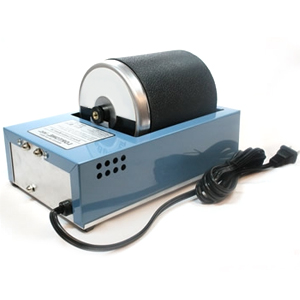
How do stone tumblers work?
Stone. rock or metal tumblers are very simple machines.
They have a basic motor that uses about 40watts of electric power to run.
The motor turns a spindle that is attached to another spindle with a rubber band (drive belt).
Attached to the spindles are two long, slim tubes set a couple of inches apart. They turn, and when a barrel is placed on its side on top of the those tubes, the barrel turns.
This means that the contents inside the barrel - which will normally contain stones or metals, water, a tumbling media and a cleaning material - turn too and a gentle cleaning or polishing action is put in motion.
The time taken to smooth and polish stones can be weeks.
Metals can be cleaned up to a sparkle within a few hours.
Metal barrelling machine
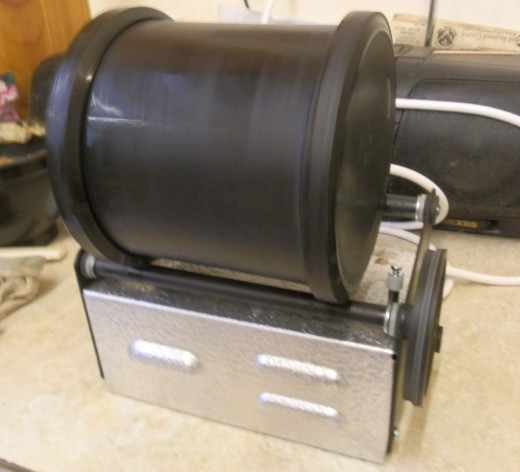
Stainless steel media for tumbling metals
Cleaned coins and metals in tumbling machine
This is my tumbling machine shown in the photograph here.
I have a rubber barrel but am waiting on two more plastic barrels arriving in the post so that I can tumble beach pebbles.
Up until now, I have tumbled coins and metals.
As a metal detectorist, I have found many coins on the beach that were deeply encrusted with various oxides caused by other mineral and metals found in sea water.
I have also dug up huge amounts of brass, copper, aluminium and stainless steel items.
As scrap metals, they have a value of their own, sometimes far exceeding the value of the coins found.
It is worth cleaning scrap metals in a tumbling machine, and sorting them into their different types.
Copper and brass especially have a high re-sale value as scrap metal.
My own polished metals - coins and scrap metals
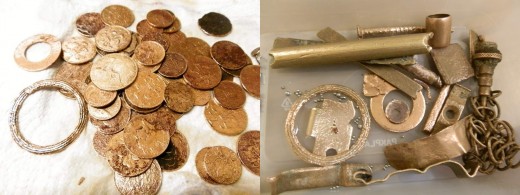
Tumbling jewelry video
Silicon Carbide Grit
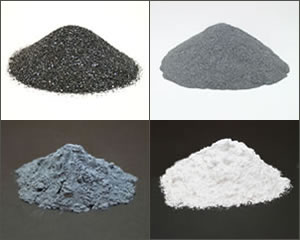
Stone tumbling accessories at Amazon
Polishing powders at Amazon
The media used to tumble stones
The media used is different depending on what you are cleaning.
If you are cleaning rocks, stones and pebbles, you need to buy silicon carbide grit.
If you are buying a rock tumbler for the first time, look out for the special bundles offered with the machine that include a starter kit with all the different grades of grit needed to highly polish stones, gems and minerals.
You will need:
Grit - coarse, medium and fine.
Silicon carbide grit is very hard, harder even than most rock surfaces. As the stones tumble, the grit will scratch the surface of the stones, gradually breaking down sharp edges.
It is a slow process, and takes weeks from start to finish.
Beach pebbles are already rounded from the action of the waves and sand, and so the time taken to polish them is much shorter, at least in the first stage.
There are 4 stages to polishing stones.
- Shaping the stones - using the coarse grit (60/90) to break down the rough edges of the stone, and to round them off. This process can take 3 days for beach pebbles, and up to 10 days for rough stones.
- Removing minor pits in stones - use a 120/220 grit and replace the liquid in the barrel after carefully rinsing off the stones with water. Run the barrel for about 4/5 days. This stage can be skipped if your stones are unmarked and smooth without cracks or pits.
- Removing scratches - change the media to a fine grit (500) and run the barrel for a further 7 days.
- Clean and polish - this is the stage where you might want to change to a clean barrel because any grit at all left behind in the barrel will damage your beautifully smooth stones. Thoroughly rinse and clean your stones to make sure no grit remains, and add to them the recommended amount of cleaning powder.
This can be:
- Cerium Oxide - run for 7 days
- Zinc Oxide - run for 10-14 days
- Tin Oxide - run for 8-9 days
Fragile stones like Quartz may benefit from extra cushioning in the final stage. You can buy plastic pellets to add to the tumbling mix and this will help protect the stones.
tumbling stones video
Rock tumbling hobbyist poll
Have you used a rock tumbler?
It makes me wonder what it is about people like myself who love metal detecting, and also love polishing beach pebbles?
I also like gold-panning and looking for precious minerals.
Everything is probably related in some way, so if you found this page because you were trying to find the difference between a rock tumbler and a barrelling machine for cleaning coins, you will find all the information here useful.









